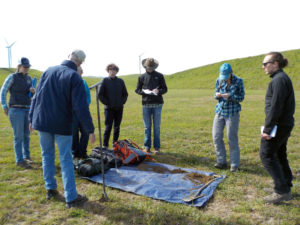Carbon Farming
Farmers and ranchers are increasingly recognized as key to helping mitigate a changing climate though what is known as carbon farming. Carbon farming encompasses a broad variety of agricultural practices that aim to increase carbon sequestration while also improving soil conditions and increasing crop yields & forage production. Many carbon beneficial practices are already in use by farmers in ranchers in Alameda County and can help ranchers achieve other management goals.Examples of carbon-beneficial agricultural practices include:
- Compost application
- Cover crops
- Hedgerows
- Prescribed grazing
- Riparian plantings
- Wind breaks
- Developing an operation-specific carbon farm plan that outlines carbon sequestration opportunities that also meet other farm/ranch goals
- Helping identify funding for carbon-beneficial projects
- Planning, designing, and implementing projects
- Measuring the effectiveness of implemented projects
If you are interested in learning more about funding opportunities for these projects, please view our funding opportunities page. For general information, please read our carbon farming factsheet.
Primary Contact(s)
Partners
- Alameda County Waste Management Authority (StopWaste)
- Private Landowners
- Point Blue Conservation Science
Press
A New California Law Will Create a Lot More Compost – but Will it Make it to Farmland?
Read the full article (Civil Eats, March 2, 2022)
Reports
Effects of Compost Amendments to Rangelands with Steep Slopes
Interested in learning about the impacts of compost on steep-sloped rangeland? Read our one-page summary to see the results and implications of our HSP Demo project in the Altamont Hills.
Results include changes in vegetation, soil carbon, and nutrient runoff over the four-year study period.
Report materials are available for download
Feasibility Assessment of Compost Addition on Alameda County Rangelands: Compost Sourcing and Spreading Costs
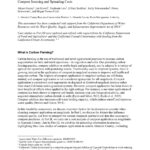
In this feasibility study, we discuss important factors for landowners to consider when planning to spread compost on rangelands. Topics include compost quality, compost technical data sheets, and a cost analysis of compost application on rangelands in Alameda County. Finally, we discuss case studies compost application in Eastern Alameda County, evaluating their costs and discussing lessons learned.
Report materials are available for download
Outreach Material
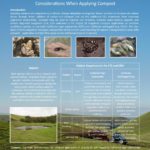 Managing California Grassland for California Tiger Salamander and California Red-legged Frog: Considerations When Applying Compost Fact Sheet
Managing California Grassland for California Tiger Salamander and California Red-legged Frog: Considerations When Applying Compost Fact Sheet
Applying compost on rangelands has many potential benefits for soils and beyond—but what about putting compost in upland habitat where sensitive amphibians reside? Read the Alameda County Conservation Partnership’s new factsheet. Download the Fact Sheet to read more about compost application considerations.
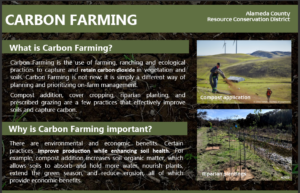 Carbon Farming Fact Sheet
Carbon Farming Fact Sheet
Want to know more about the ways that farmers and ranchers can help mitigate climate change while improving soil health and increasing crop yields & forage production? Download the Carbon Farming Fact Sheet (English/Espanol) to read more about carbon farming and how to get involved.
Let’s talk about compost and rangelands: field data, roundtable discussion, and field tour
Central Coast Rangeland Coalition Fall 2021 Gathering
The Central Coast Rangeland Coalition invites you to a day of conversations about compost application to degraded rangelands. The day’s host, Alameda County Resource Conservation District, will describe its Healthy Soils Demonstration project examining the effects of compost on steep (15-30%) slopes. Preliminary field data will be shared, as well as diverse perspectives on grassland and soil responses to compost, costs, benefits, logistics, and potential problems. After lunch, participants will tour the field site and engage in stations focused on vegetation, soils, and compost quality.

![]()
Agenda:
- Effects of compost addition to rangeland soils – preliminary results from StopWaste site | Rebecca Ryals, Assistant Professor, UC Merced
- Feasibility of compost addition to rangelands with difficult terrain | Ian Howell, ACRCD
- Site introduction and background | Kelly Schoonmaker, StopWaste
- Rangeland management at the site | Joe Paulo, Operator, Paulo Farms
- Project tour | Ian Howell, ACRCD
- Soil Health Field Demonstrations – 20 minutes per station
- Station 1: Compost addition – Aboveground effects
- Station 2: Reading the soil
- Station 3: Compost quality
- Station 4: RDM and soil health
Meeting materials are available at: https://ucanr.edu/sites/CCRC/Meetings/Spring_2021/
Creeks and Livestock: Climate smart restoration in Alameda County
The Alameda County Resource Conservation District invites you to a discussion of Climate Smart Restoration solutions with Point Blue Conservation Science’s STRAW (Students and Teachers Restoring a Watershed) program and Copper Moon Ranch. We will discuss restoration in the context of Carbon Farming, the importance of planning for future conditions, and student engagement in hands-on restoration of working lands. This event is made possible by the California Department of Food & Agriculture and the State Coastal Conservancy, which have both awarded grant funds to the ACRCD through the California Climate Investments to plan, implement, and monitor carbon farming projects.
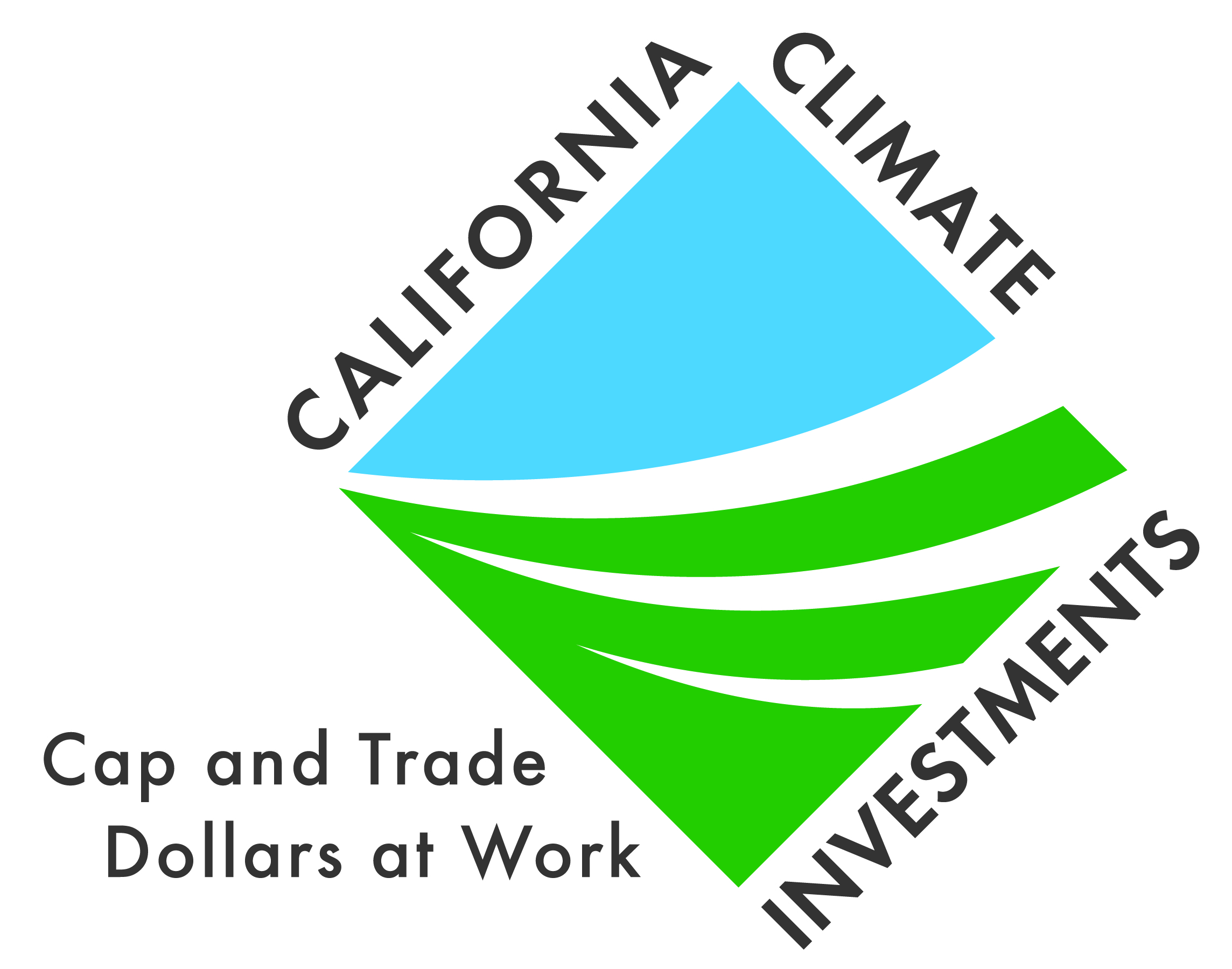


Creeks and Livestock Workshop Presentation Slides
Spreading Compost on Rangelands: Preparing For and Executing Carbon Farm Projects
On February 9, 2021, the Alameda County Resource Conservation District and its partners gathered virtually for a discussion on spreading compost on rangelands. Carbon farm planners, farmers, ranchers, and practitioners heard about costs, compost quality, and lessons learned from demonstration carbon farming projects. Ranchers shared their experiences applying compost through CDFA’s Healthy Soils Program Demonstration and Incentives projects. This workshop was supported by the ‘California Climate Investments’ program (Greenhouse Gas Reduction Fund) through a Health Soils Program demonstration grant (19-0670-000-SO) administered by the California Department of Food and Agriculture and a Climate Ready grant (18-082) administered by the California Coastal Conservancy.



Agenda:
- Carbon Farming: Soil, Carbon, Water, Climate: The Carbon Cycle as an Organizing Principle in Land Stewardship | Jeff Creque, Ph.D., Carbon Cycle Institute
- A Carbon Farming Partnership & HSP Demonstration | Ian Howell, ACRCD | Kelly Schoonmaker, StopWaste
- Q & A #1 | Jeff Creque, Ph.D. of Carbon Cycle Institute | Joe Paolo, Paolo Farms | Ian Howell, ACRCD | Kelly Schoonmaker, StopWaste
- Compost for Carbon Farming | Ian Howell, ACRCD | Kelly Schoonmaker, StopWaste
- Calhoun Ranch & HSP Incentives | Nancy Mueller, Susie Calhoun, and Merry Carter, 3 Calhoun Sisters | Jackie Charbonneau, NRCS
- Q & A #2 | | Ian Howell, ACRCD | Kelly Schoonmaker, StopWaste | Nancy Mueller, Susie Calhoun, and Merry Carter, 3 Calhoun Sisters
- Healthy Soils Program (HSP) Incentives Program | Stephanie Lew, ACRCD
Spreading Compost on Rangelands Workshop Presentation Slides
Time Markers:
0:06:28 | Carbon Farming: Soil, Carbon, Water, Climate: The Carbon Cycle as an Organizing Principle in Land Stewardship | Jeff Creque, Ph.D., Carbon Cycle Institute 0:28:04 | A Carbon Farming Partnership & HSP Demonstration | Ian Howell, ACRCD | Kelly Schoonmaker, StopWaste 0:47:13 | Q & A #1 | Jeff Creque, Ph.D., Carbon Cycle Institute | Joe Paulo, Paulo Farms | Ian Howell, ACRCD | Kelly Schoonmaker, StopWaste 1:01:23 | Compost for Carbon Farming | Ian Howell, ACRCD | Kelly Schoonmaker, StopWaste 1:26:51 | Calhoun Ranch & HSP Incentives | Nancy Mueller, Susie Calhoun, and Merry Carter, 3 Calhoun Sisters | Jackie Charbonneau, NRCS 1:48:18 | Q & A #2 | Ian Howell, ACRCD | Kelly Schoonmaker, StopWaste | Nancy Mueller, Susie Calhoun, and Merry Carter, 3 Calhoun Sisters 1:57:39 | Healthy Soils Program (HSP) Incentives Program | Stephanie Lew, ACRCD

